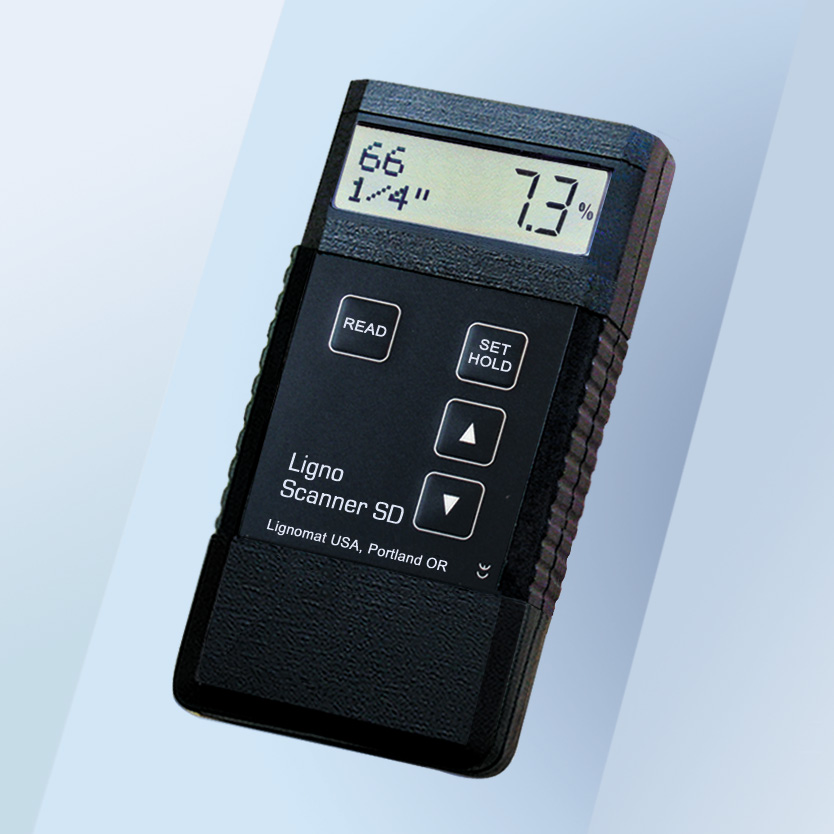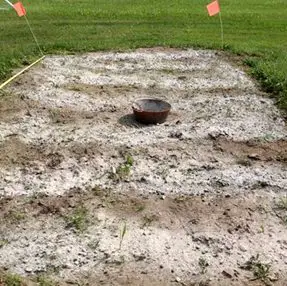What is a Good Moisture Reading for Wood : Optimizing Your Wood Moisture Levels
Ensuring that wood has the correct moisture content is crucial for various applications, including woodworking, construction, and furniture making. When working with wood, it’s essential to monitor its moisture levels to prevent potential issues such as warping, cracking, or mold growth. To determine the ideal moisture content for wood, different factors need to be considered.
Understanding Moisture Content in Wood
Moisture content in wood refers to the amount of water present in the cellular structure of the material. It is typically expressed as a percentage of the wood’s oven-dry weight. The level of moisture in wood directly impacts its properties, including its strength, dimensional stability, and workability. Different wood species have varying ideal moisture content levels, and understanding these levels is essential for working with wood effectively.
Ideal Moisture Content Levels
The ideal moisture content for wood can vary depending on its intended use and the specific wood species. In general, the recommended moisture content for wood used in construction or woodworking projects is around 6% to 8%. However, this can fluctuate based on environmental factors such as climate and the wood’s intended application.
Here is a guideline for the ideal moisture content in wood for different applications:
| Application | Ideal Moisture Content |
|---|---|
| Indoor furniture and woodworking | Around 6% to 8% |
| Outdoor construction (e.g., decks, outdoor furniture) | Around 12% to 15% |
| Wood flooring | Around 6% to 9% |
It’s important to note that these values are general guidelines, and specific wood species may have different ideal moisture content ranges. It’s advisable to consult moisture meters and wood professionals to determine the precise moisture content requirements for a particular type of wood.
Measuring Wood Moisture Content
Wood moisture meters are commonly used to measure the moisture content of wood. These tools provide readings that help assess whether the wood is at an acceptable moisture level for its intended use. There are two primary types of moisture meters for wood: pin-type meters and pinless meters.
Pin-type meters use two metal pins that are inserted into the wood to measure its electrical resistance, which correlates to the moisture content. Pinless meters, on the other hand, utilize electromagnetic wave technology to scan the wood’s surface without causing any damage. Both types of meters can provide accurate moisture readings when used correctly.
Significance of Achieving the Right Moisture Content
Attaining the proper moisture content in wood is essential for several reasons:
- Structural Integrity: Wood with excessive moisture can lead to structural weaknesses, affecting the stability and lifespan of the final product.
- Workability: Properly dried wood is easier to cut, shape, and join, making it more manageable for woodworking projects.
- Preventing Issues: By maintaining the correct moisture content, you can minimize the risk of problems such as warping, shrinking, and mold growth in wood products.

Credit: lignomatusa.com
Frequently Asked Questions Of What Is A Good Moisture Reading For Wood : Optimizing Your Wood Moisture Levels
What Is A Moisture Reading For Wood?
A good moisture reading for wood is typically around 6-8% for indoor use.
Why Is Moisture Content Important For Wood?
Moisture content affects wood’s strength, durability, and susceptibility to rot and mold.
How Can I Measure Moisture In Wood?
Use a moisture meter to accurately measure the moisture content in wood.
What Happens If Wood Has High Moisture Content?
High moisture content can lead to warping, cracking, and decay in wood products.
Conclusion
Understanding and maintaining the appropriate moisture content in wood is crucial for achieving high-quality results in woodworking, construction, and other wood-related applications. By utilizing moisture meters and adhering to recommended moisture content levels, woodworkers and construction professionals can ensure the longevity and performance of wood products.
Remember to consider the specific requirements of the wood species and the intended use of the wood to determine the ideal moisture content range, and always verify the moisture readings using reliable meters to avoid potential issues associated with improper moisture levels.






